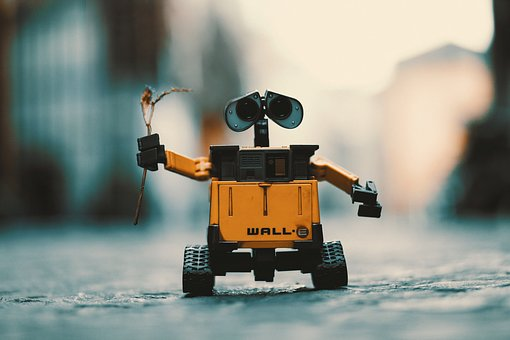
Peppers Can Be Plucked By the Robots
Gathering vegetables in hot, damp nurseries is a troublesome, awkward and dull work to do. This clarifies the developing number of homestead laborers willing to pick vegetables, for example, peppers. Today, numerous administrators are hoping to defeat this issue and decrease costs via mechanizing work.
Some gadgets have been produced, for example, pepper-picking robots, yet they are not yet prepared for commercialization. Subsidized by the EU, the SWEEPER venture looks to connect this hole among research center and market by tackling the issues looked by the Eu and flow models of robot-gatherers. The venture would like to put nursery gathering robots available out of the blue, anchoring Europe’s situation as a world pioneer in horticultural mechanical technology.
Conquering issues to get to the market:
“The shortage of the workforce has put extensive weight on the intensity of the European nursery area. We are wanting to build up the innovation that will keep the generation of nursery vegetables from leaving Europe due to the 40% expansion in labor costs expected throughout the following decade, “says venture facilitator Jos Balendonck. College of Wageningen in the Netherlands.
Up until now, no robot picking framework has been promoted. Among the deterrents obstructing this showcasing is the moderate pace of current innovation, which has a win rate of around 33% and takes a normal of 94 seconds to pick a natural product or vegetable. Then again, current automated pickers are not solid enough, are hard to control, and are not all around coordinated with post-reap coordinations.
Depend on past developments:
SWEEPER itself expands on a past EU-subsidized undertaking called CROPS. Harvests analysts built up a robot model for picking peppers and protected a controller that can get and cut peppers. This framework can likewise perform different assignments, for example, picking apples and grapes, and also splashing.
Amid the winter of 2017-2018, SWEEPER enhanced CROP’s pepper picking innovation by creating propelled sensors and calculations to enhance organic product area and identification of development. The robot is currently ready to identify impediments and ascertain an impact free way to the natural product, guaranteeing most extreme space for getting a handle on and disengaging.
The task group likewise enhanced the product used to control the picking framework and intended to mechanize post-collect coordinations for pressing natural products or vegetables.
SWEPPER is settling a second model mechanical picker that will be tried in the late spring of 2017. Balendonck trusts that the framework will be essentially enhanced for the 2018 season and will be near commercialization.
SWEEPER additionally considers factors, for example, the acknowledgment of innovation by makers. It has set up an European warning gathering to enable ranchers to make their perspective known.
The venture likewise examined the distinctive sorts of nursery trimming frameworks and found that solitary line editing frameworks are more qualified to programmed reaping in light of the fact that they upgrade the perceivability and availability of the organic product.
SWEEPER is intended for peppers, an important European harvest with yearly generation of around 1,900,000 tons. Yet, this innovation can without much of a stretch be changed and adjusted to different societies. Balendonck likewise plans to make advance enhancements, for example, including sensors that can recognize vitamin content, sweetness levels, gauge the time span of usability of the natural product, and give guidances ahead of time of yield ailment.



